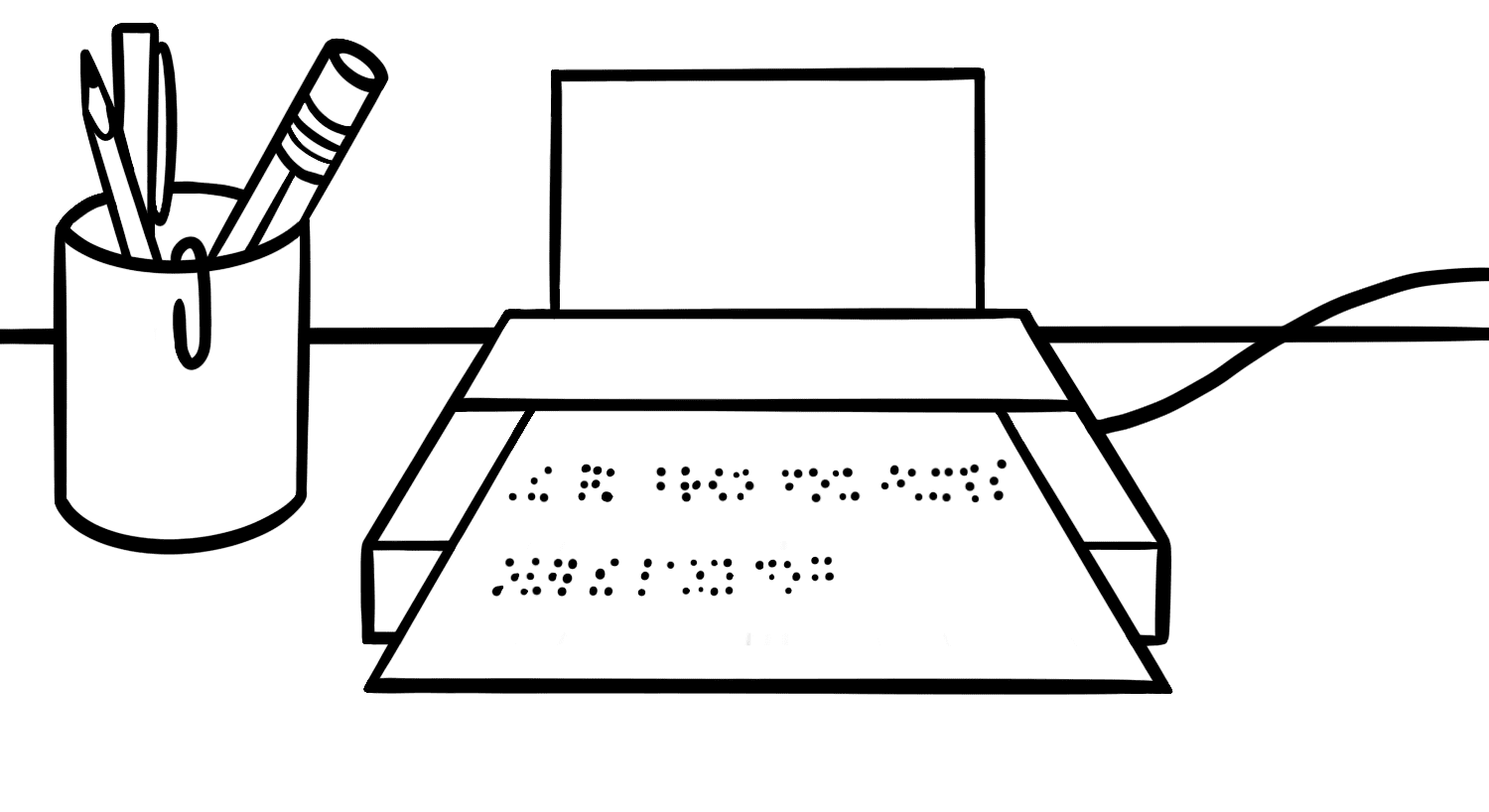What is a Braille Printer?
A Braille printer prints Braille documents from a computer, and is used by those who are blind, or anyone needing to produce Braille documents for the blind.


Braille Printer defined:
A Braille printer generally uses tractor feed Braille paper, and roles it over a line of solenoids that punch the Braille dots into the page. As this is an extremely loud process, Braille printers generally come in heavily insulated cases, that can be closed during the print job; blank paper feeds in through one end, and the Braille document feeds out of the other. While newer and faster methods of producing Braille exist (that often involve melting plastic and dropping it onto the paper to produce dots), they are generally only used by professional businesses who produce Braille books or other documents in extremely large quantities.
In order to produce a Braille document, the content of the document must first be translated into Braille characters. This process is generally not handled by the printer itself; instead, Braille translation software like Duxbury generally reformats the document into the characters, page length, and line length required by the Braille printer in use. The Braille printer is then sent the list of Braille characters to print, generally via a USB or LPT connection. For many years, one of the most popular Braille printers in personal use was the Braille Blazer, manufactured by Freedom Scientific. While not particularly fast, it was portable, easy to configure, and easy to use. In professional environments, however, printers like those made by ViewPlus are more common. They can print tactile graphics and high quality Braille, at a speed of over 60 characters per second. With the reduction in price and wider availability of Braille displays, the need for personal Braille printers is much less common than it once was, and most Braille is now produced by specialized businesses in large volumes.

